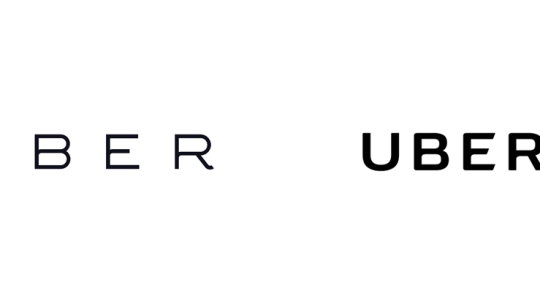
One of the best-known PR lessons for brands is that it’s a good idea to have a crisis plan in place since no organization is immune to a crisis situation, as PR pros have argued repeatedly in these pages. But what can and should brands do when they find themselves in the crosshairs of someone else’s crisis or in a crisis not directly related to them?
An obvious example is the recent case in Kalamazoo, MI, where Jason Brian Dalton allegedly killed six people and injured two others in incidents on Feb. 20. Uber became involved in the story when it was learned that Dalton drove for the company. In fact, it is alleged he handled fares before and after the killings.
Although it remained silent for a time on the incident, Uber eventually said, “We are horrified and heartbroken at the senseless violence…Our hearts and prayers are with the families of the victims of this devastating crime and those recovering from injuries. We have reached out to the police to help with their investigation in any way that we can.” Uber also confirmed it had vetted Dalton. Later Uber held a press conference to explain its vetting procedures.
The incident blew up on Uber in part due to the popular belief that its drivers are vetted less than traditional cabbies. That perception was created during the past three years when the company failed to respond adequately to incidents involving its drivers. Since 2013 Uber drivers were involved in alleged and proven criminal activity here and abroad, most notably in New Delhi, India, where an Uber driver was charged with raping a female passenger in December 2014. Last year, after dropping a fare at Denver Airport, an Uber driver circled back to the passenger’s home and burglarized it ( PRN, April 6, 2015). There have been so many incidents involving Uber and Lyft drivers that a site was created, whosdrivingyou.org, that tracks their criminal cases. A PR News interview request to Uber was not answered.
Apple, too, was brought into a crisis not of its own making when the FBI requested assistance in disabling security features of an iPhone 5C that San Bernardino jihadist Syed Rizwan Farook used.
There Are no Fair or Unfair Crises
In light of these cases, we asked PR pros what brands should do if they’re dragged into a crisis unfairly. None of them accepted the premise of our question. In the moment, it’s immaterial how a brand lands in a crisis. As Marty Machowsky, senior counsel, Finn Partners, says, “The reality is a brand doesn’t get to choose its crises. They’re chosen for you.” Adds Katina Arnold, VP, communications, ESPN, “The key to any brand crisis is to act fast, even if it’s not your direct issue. If your brand is brought into a bad situation, you need to proactively address it or else someone else will do it for you.” Bob Gold, president/CEO, Bob Gold & Associates, advises brands similarly “whether or not they are fairly or unfairly brought into a crisis.”
While Machowsky admits “you can imagine the penchant for brands to remain silent” when an incident is not directly related to them, “that’s not an option today.” Neither is waiting to see if a situation will blow over after 24 hours. Speed is critical. “I don’t look at a situation as to how long it will last…It’s tough to know what will be a one-day story…Nine out of 10 times we want key stakeholders to hear from us first…the most important bond is trust and being first to the discussion is important.” Adds Arnold, “The speed in which you move and the context together can make a difference.”
Crisis as Opportunity
Machowsky sees crises as an opportunity for brands to reestablish themselves. “Think about how you want to emerge from the crisis,” he says. “Start with who are your key stakeholders, what are they hearing and develop a plan that’s appropriate for them. Sometimes that involves direct communications or a major ad campaign.”
Gold’s playbook calls for brands to recognize the severity of the situation and take it seriously. Next “the CEO should underscore the problem, and personally make a statement,” he says. Last, the brand should “issue public guidelines or a statement about new guidelines that super-ensures that this kind of problem could not occur in the future.”
For Arnold, “it’s critical to have a strong focus on driving facts in the face of hyperbole and innuendo. The quickest and most efficient way is to use social channels.”
A social media specialist, Michael Fein, VP, measurement & insights at Edelman, says, “Savvy communication marketers activate quick-turn research, often through social listening, to understand what will resonate with their target audience. Those consumer insights are critical in the messaging and measuring the success of protecting the brand.”
Tone is critical, too, he says. “The brand relationship with the consumer is built upon two-way trust. Yet, in a crisis, many marketers struggle to understand their audience. We see this time and again when lawyers craft a clinical response that separates the brand from an incident. In contrast, brands that respond by showing humanity get kudos and even win awards.”
CONTACT: [email protected] [email protected] [email protected] @DigitalStats
This article originally appeared in the March 7, 2016 issue of PR News. Read more subscriber-only content by becoming a PR News subscriber today.
